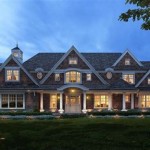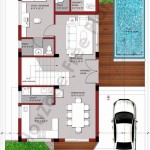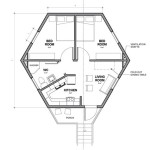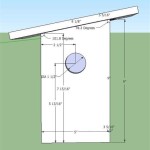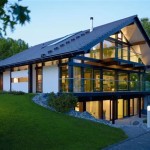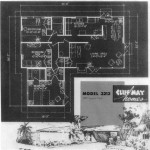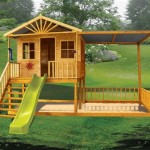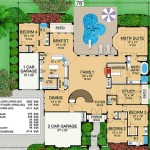Essential Aspects of ICF House Plans with Flat Roofs
ICF (Insulated Concrete Forms) house plans present an array of advantages, including enhanced energy efficiency, structural integrity, and fire resistance. When combined with flat roofs, these plans offer a streamlined, contemporary aesthetic that meets modern architectural preferences. Understanding the essential aspects of ICF house plans with flat roofs is crucial for architects, builders, and homeowners.
1. Structural Considerations
Flat roofs require careful structural design to ensure stability and prevent water damage. ICF blocks provide excellent load-bearing capacity and are well-suited for flat roof construction. The interlocking blocks create a continuous, reinforced concrete structure that can withstand significant weight and wind loads.
2. Insulation and Energy Efficiency
ICF blocks are renowned for their insulation properties. They are filled with insulating foam, which creates an airtight envelope around the house. This significantly reduces heat loss, leading to lower energy bills and a more comfortable living environment. Flat roofs provide additional insulation by eliminating the need for pitched roofing materials, which can allow for heat transfer.
3. Roofing Materials
Flat roofs on ICF houses typically utilize membrane roofing systems. These membranes are durable, waterproof, and can resist harsh weather conditions. Common options include EPDM, TPO, and PVC membranes. The choice of roofing material depends on factors such as budget, durability requirements, and aesthetic preferences.
4. Drainage and Water Management
Flat roofs require proper drainage to prevent water accumulation. ICF house plans with flat roofs incorporate sloping surfaces and gutters to channel rainwater away from the structure. Internal drainage systems may also be incorporated, which collect water and drain it into underground pipes or storage tanks.
5. Aesthetic Appeal
Flat roofs on ICF houses offer a modern, minimalistic aesthetic that complements contemporary architectural styles. They create clean, straight lines and can be visually stunning when paired with large windows or architectural features. Flat roofs also provide more usable outdoor space on the roof.
6. Cost Considerations
The cost of ICF house plans with flat roofs can vary depending on the size, complexity, and materials used. While ICF construction costs are typically higher than traditional framing methods, the long-term savings on energy bills and maintenance can make ICF a cost-effective choice over time.
7. Design Flexibility
ICF house plans with flat roofs offer design flexibility. The flat roof allows for open floor plans, large windows, and unique architectural elements that are difficult to achieve with traditional roofing systems. Architects can experiment with different shapes, angles, and skylights to create striking and innovative designs.

Concrete Block Icf Design Modern House Plans Home 116 1082

Concrete Block Icf Design Modern House Plans Home 116 1082

Concrete Block Icf Design Modern House Plans Home 116 1082

Modern House Plans Design Ideas And New Technologies Hitech

10 Icf Concrete Flat Roof Houses Ideas Architecture Design House

Icf Modern House Home Designs Exterior Plans

Modern House Plans Design Ideas And New Technologies Hitech

2 Story Modern House Plan With Lanai 1952

Plan Of A Frame House With Flat Roof And Basement In Modern Style

Flat Roof House Plans Floor Designs Houseplans Com

